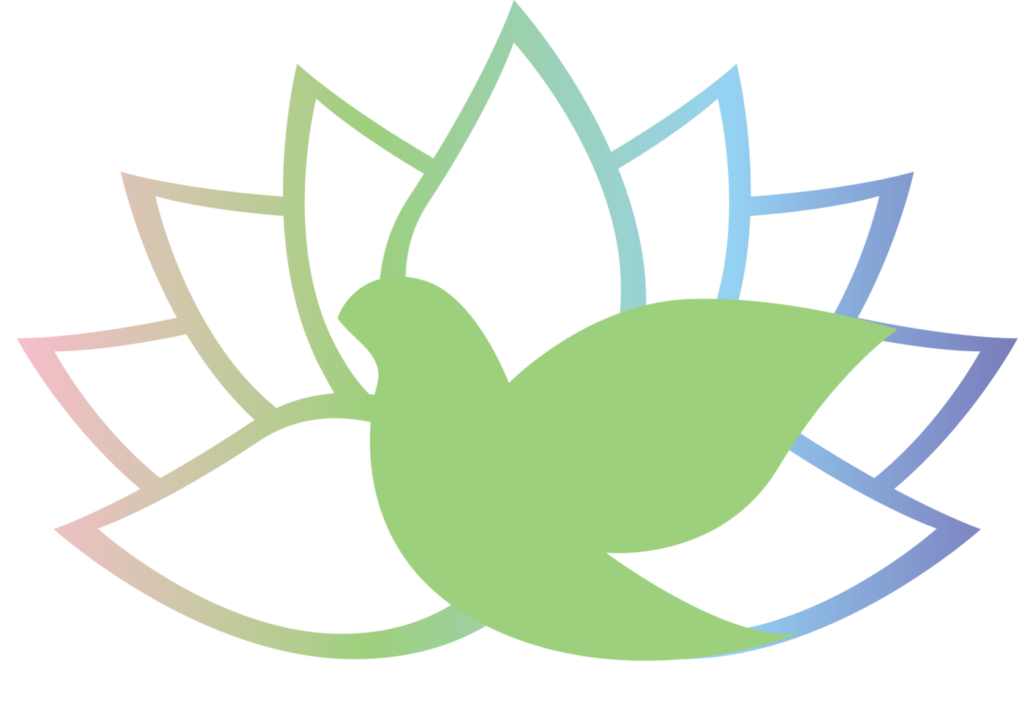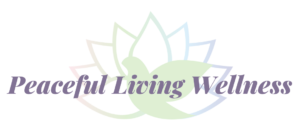How do you discern when something is helping or hindering your creative process? And at what point does well-intended feedback, or even your own thought process become noise?
One of the most important lessons we learn — as artists, professionals, and individuals — is to guard our time. We cherish time with friends and family, a massage, a good book. But what about guarding our process?

Join our Community of Peaceful Living Wellness Warriors
and receive a special free gift:
Our Top 5 Tips for Peaceful Living
We often think of noise as being externally generated. But the reason it surrounds you has more to do with your intentions than any external force.
You control your process. So why aren’t you controlling the noise?
Related Post: THE IMPORTANCE OF CREATING WITHOUT A PURPOSE
How To Identify When Your Own Process Becomes Self-Generated Noise
One morning, I woke up from this wild dream. I knew exactly who every character was, what their goals were, how their world looked and felt. Even better — it connected directly to a story idea I had been sitting on. I was so excited that I called my brother to tell him how this new story would unfold.
Then something happened.
I used all of that steam to talk, instead of do. I created my own noise instead of taking action. And that story idea? It’s still just an idea.
It’s like when you sit down to get some work done and think, ‘oh let me watch this quick video first.’ Suddenly you’ve watched five ‘quick videos’ and you have to remind yourself what your original approach to your own art was. Even with the best intentions, your mind has already been directed away from the act of creating.
But here’s the thing – sometimes those conversations or quick videos do inspire and motivate you. Without even trying you find momentum and are sailing through your art, creating joyfully. So how do you separate the practical moments from the noise?
Be present in your process.
What I learned from that moment was before I share a story, I need to jot down everything. It’s important for me to create a path for myself so I can easily find that thought process again. It’s like catching lightning in a bottle. And when my hand is cramped or my ideas are exhausted and fully set out, then I pick up the phone.
By being present in my own process I can see where my energy will shift to, which allows me to better judge if I’m being creative or just feeling creative. Indulging in creative energy does nothing if you don’t put it to use. When you notice that you’re sitting with your own ideas for an extended period rather than acting on them, chances are you’re creating more noise than art.
Related Post: Being Creative Vs. Feeling Creative
Guard Your Process From External Noise
There are two moments in my creative process where I always look outward for inspiration and/or motivation: when I’m stuck, and when my work is ready.
What do I mean by ‘ready’? By this phase I know for certain that no matter what feedback I receive, my piece is strong enough to maintain its own voice. At no point will I waiver. Instead, I can intuitively take their feedback, look at my art as its own force, and utilize their perspective to see if my art can be improved.
Any moment before that is vulnerable to absorbing the chaos that external noise can bring. But how do you define what that noise looks like so you can guard your process?
Creative noise varies from person to person, process to process, and even project to project.
It might be a how-to video from a ‘guru’ or expert that does things differently. Maybe it’s a piece of advice from someone you know that just isn’t sitting right with you because it doesn’t mesh with your process. There’s nothing wrong with either of these things. But part of developing your creative process is understanding when something works for you, and being able to identify when you’re being pulled in the wrong direction.
Go back to being present in your process. Think about what you’re really trying to capture or achieve. If you do need an external motivator or opinion, think of this:
Who or what actually speaks to your true purpose?
Who or what truly understands your purpose and respects your process enough to speak thoughtfully?
Those are the resources that I confide in when my art is still in progress. When I’m stumped and need to think a plot point through, I call someone close to me who understands the story and its motivators – because they’re the ones who can help me find the breakthrough I’m looking for.
Generally speaking, most people who will give you advice and guidance come from a good place. But that doesn’t automatically mean that what they’re saying is good for your art. It’s up to you to be present in your process so you can fully understand how their intentions or word choice may shape or shift your work. Once you’re cognizant of what that means for your process, you can begin to define what creative noise looks like to you.
Most importantly, you can equip yourself to handle it in a positive manner rather than feeling stressed out or anxious.
Make The Noise Work For You
As creatives we’re often inspired by our environment and those closest to us. But when you’re working with a specific train of thought or intuitive feeling, the slightest whisper can morph into a distraction from your voice in your art, infiltrating the story you were about to tell. If you’re not careful, even avenues of inspiration can become a high pitched whine slicing through your thought process.
But if you can set boundaries around your process and guard it the same way you would your time – you can learn how to use the noise to your advantage. Find inspiration in the conflict. Observe it from a distance and look at what’s there. See if you can use it. After all, great art derives from conflict and resolution.

SAMANTHA PATERNOSTER
Writing is much bigger than a career. It’s more interesting than a hobby. It’s the spark to an eternal curiosity that has led me to learn unexpected skills, treasure knowledge passed down through generations, and create a space for voices that need to speak.
I earned my B.A. in Creative Writing from Brandeis University, with a focus on long and short fiction. I have nearly a decade of experience as a copywriter and editor. But I’ve also worked as an Email Analyst and QA Analyst at Yale University, helping to launch their redesigned Giving page circa 2014.
Most recently, I’ve started my own business – Creatively You. Built for my clients, it is founded on one simple act: listening. By listening to my clients’ dreams and needs, I am able to help them develop their brands through cohesive web design and content that tells their stories.
I don’t believe in linear paths. I do believe in the magic that embracing the unknown can bring.



